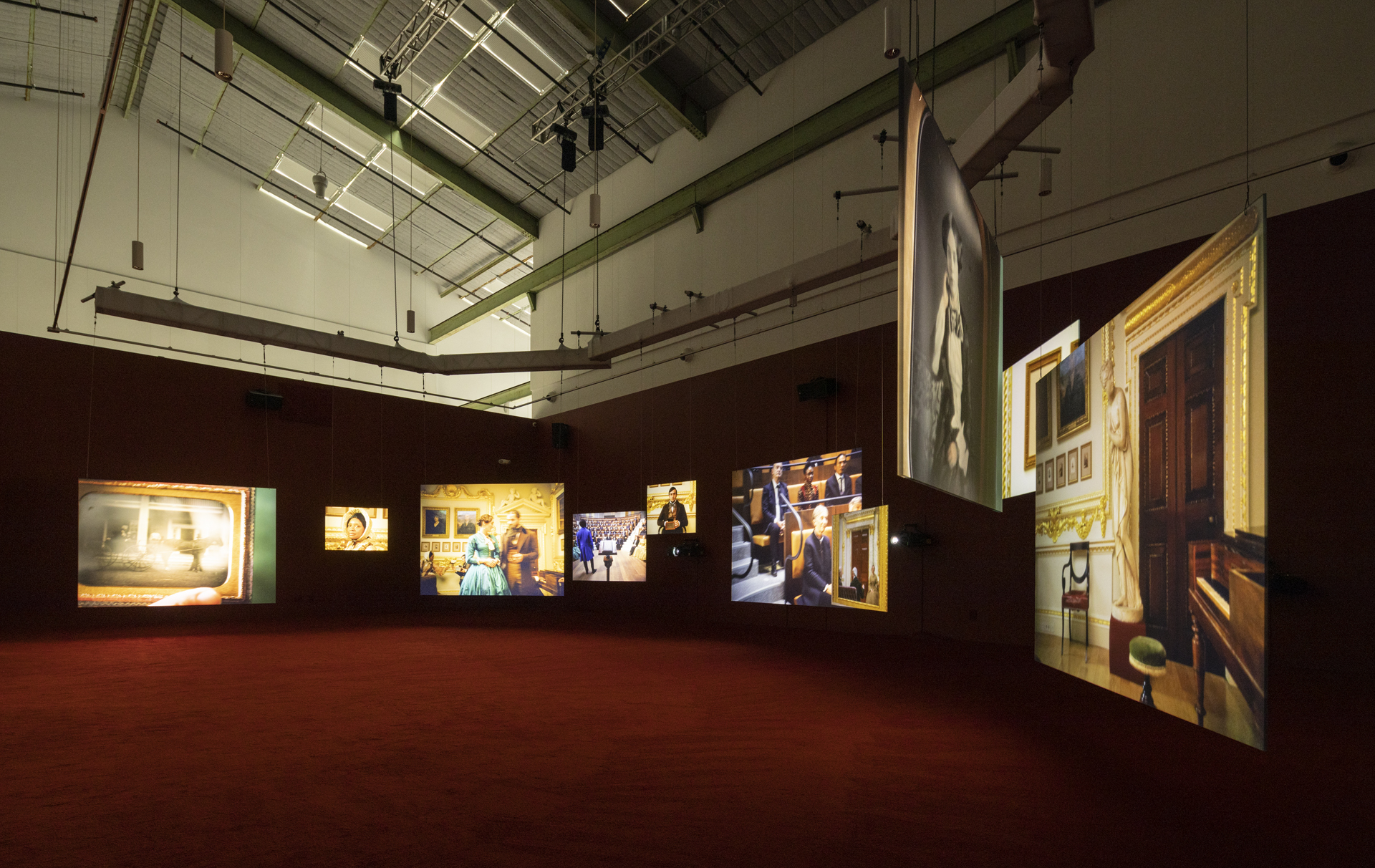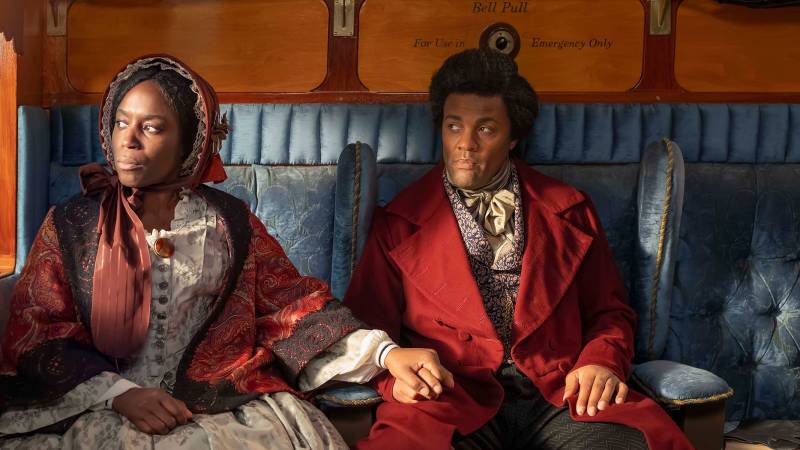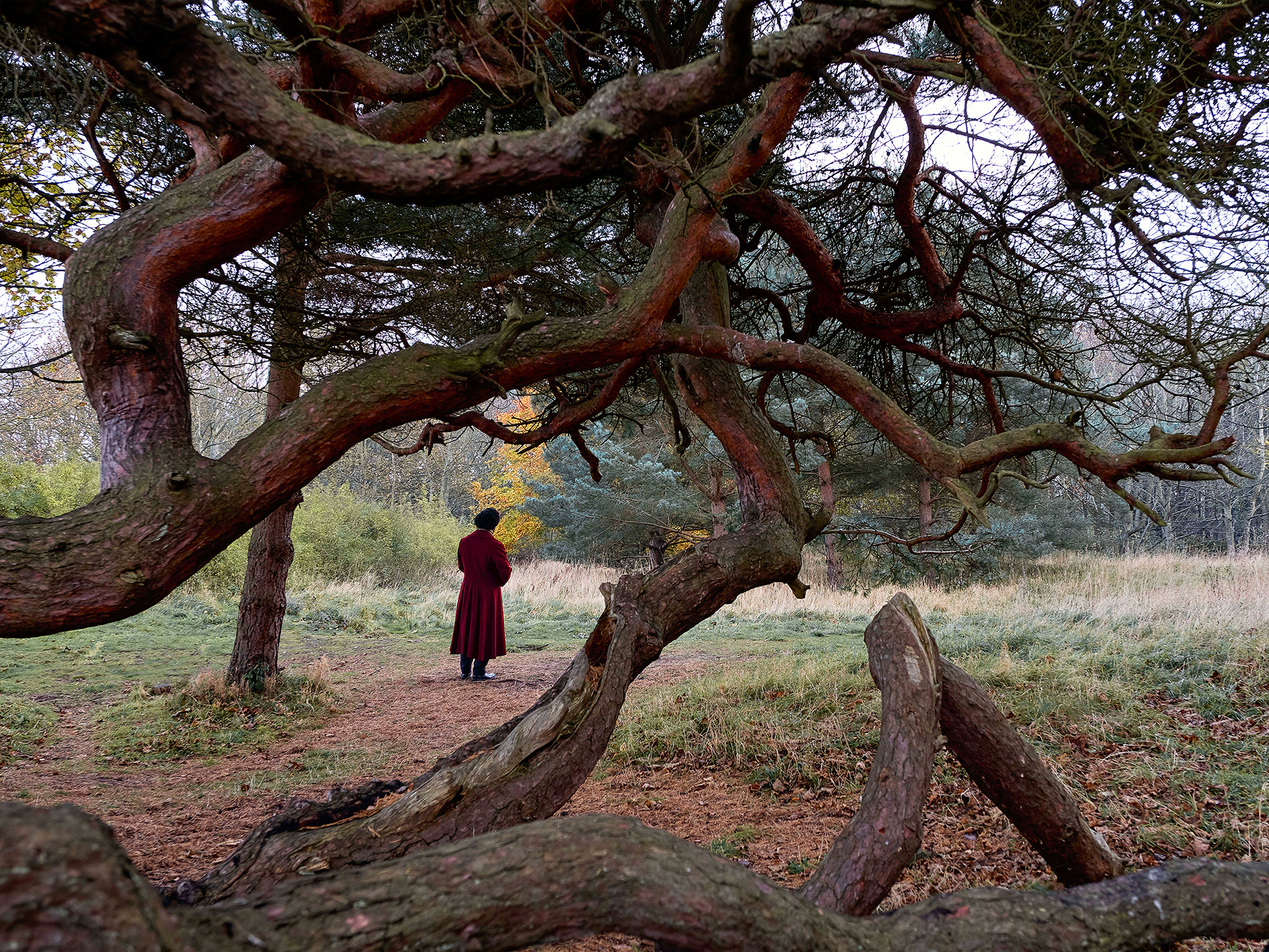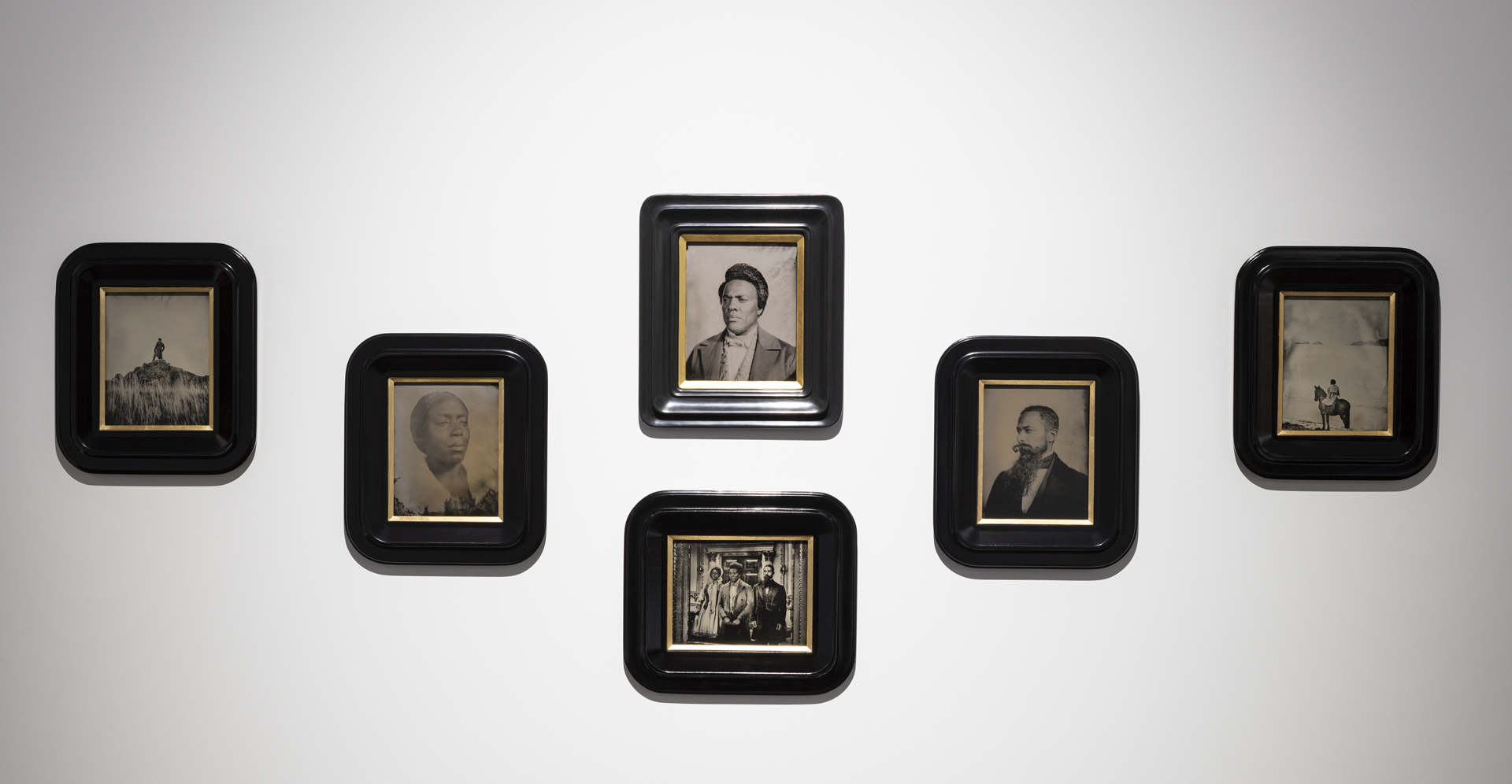He was a writer, orator and social reformer, each of those roles shaped by his former status as an enslaved person.
Frederick Douglass committed his abundant talents to abolishing slavery, and in doing so, shaped the course of American history like few individuals have. He is memorialized in our cultural lexicon across media—in paintings, marble busts and murals all over the world. Now, Lessons of the Hour, on view at McEvoy Foundation for the Arts through March 2021, commits Douglass to film, and powerfully underscores the lessons he embodied, those necessary to building a more perfect union.

Lessons of the Hour is filmmaker Isaac Julien’s latest immersive cinematic project, but it’s not the first time the British born, UC Santa Cruz-based artist and educator has shown his work in the Bay Area. Playtime, a quietly scathing take on the global art market and rapacious capitalism, sprawled across Fort Mason Center in 2017. Others may know Looking for Langston, Julien’s impressionistic take on Langston Hughes’ life as a gay Black man during the Harlem Renaissance.





